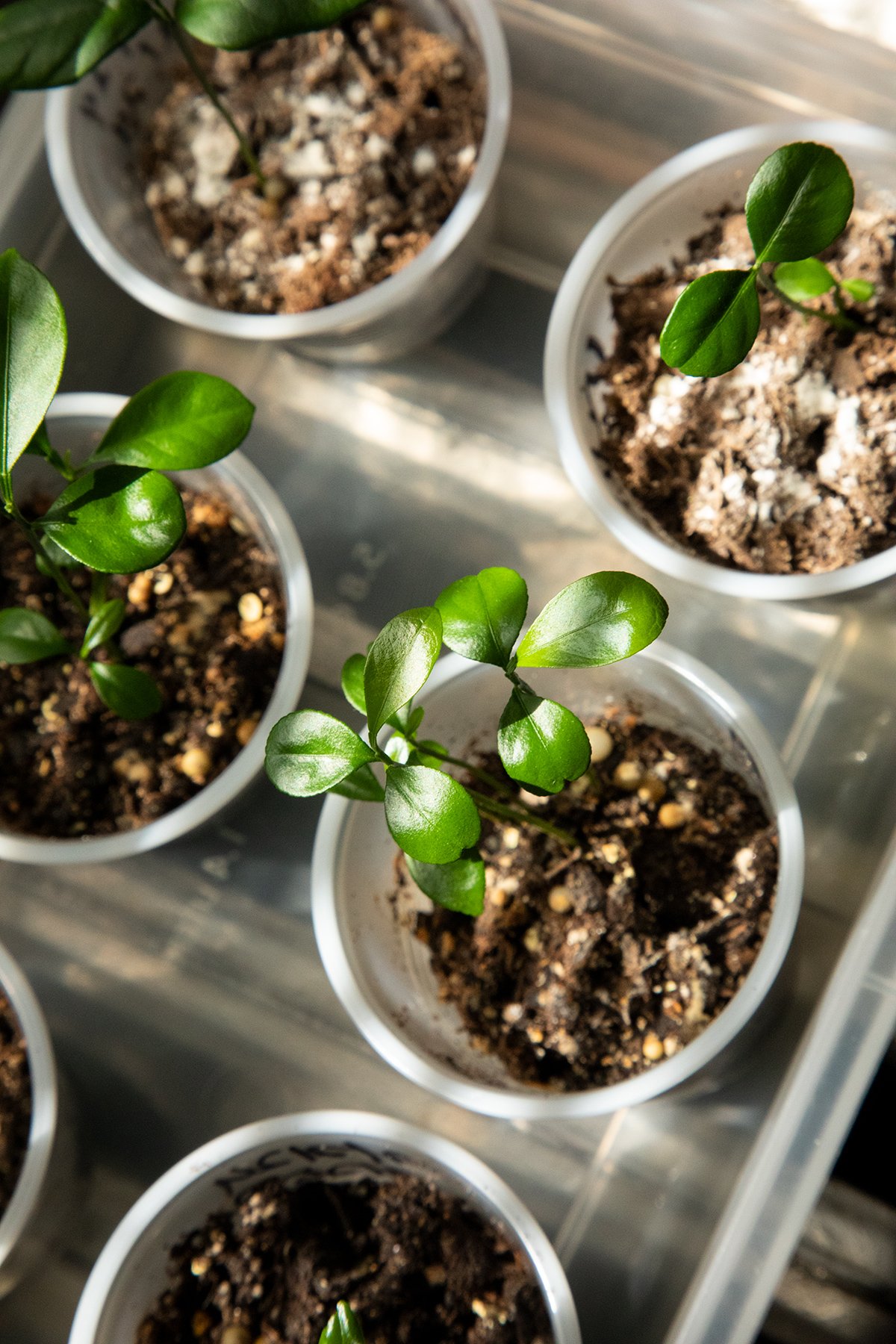Something I was surprised to learn was that none of the citrus fruit we buy at the supermarket is grown from seeds in the ground, they’re all grown from grafted trees. Even the lemon and orange trees growing seemingly “wild” in people’s yards in places like Los Angeles, San Diego, or Florida are very likely to be a grafted tree that got planted outdoors.
Grafting involves cutting a scion from a proven fruit-bearing tree and attaching it to part of a separate rootstock it will grow off of, essentially as a clone. If you’re ever close enough to a citrus tree in a yard or in a grove, see if you can spot the graft collar close to the base of the trunk, it might be visible on a large enough tree.
Since most fruit trees don’t grow true to seed, there’s nothing wrong with the practice of grafting. This is not an especially modern method, grafting has been practiced for at least 4,000-2,000 years in various parts of the world.
As we are about to see for ourselves with this citrus adventure, it takes a long time and a lot of care to raise a fruit tree from seed, plus it takes years to start producing fruit, if it does at all. Based on what we’ve learned about the nature of citrus genetics, grafting is the only real way to grow fruit trees at any scale that are guaranteed to consistently produce desirable fruits.
I also enjoyed various videos of professional arborists using all kinds of techniques to graft and grow different kinds of trees.
Of course, you can let this tree grow as-is and let it live its natural lifecycle. Or, if you’re into this sort of thing, this tree could become a rootstock you can graft onto. Or, if it produces desirable fruit, then parts could be used as a scion.
I emphasize the distinction between grafted citrus trees and ones grown from seeds; the growing process is quite different, so keep this in mind when you’re troubleshooting and researching for your tree in the future as it grows.
🍊⚜️🍊
Calamansi shoots in the sun (August 2024)

